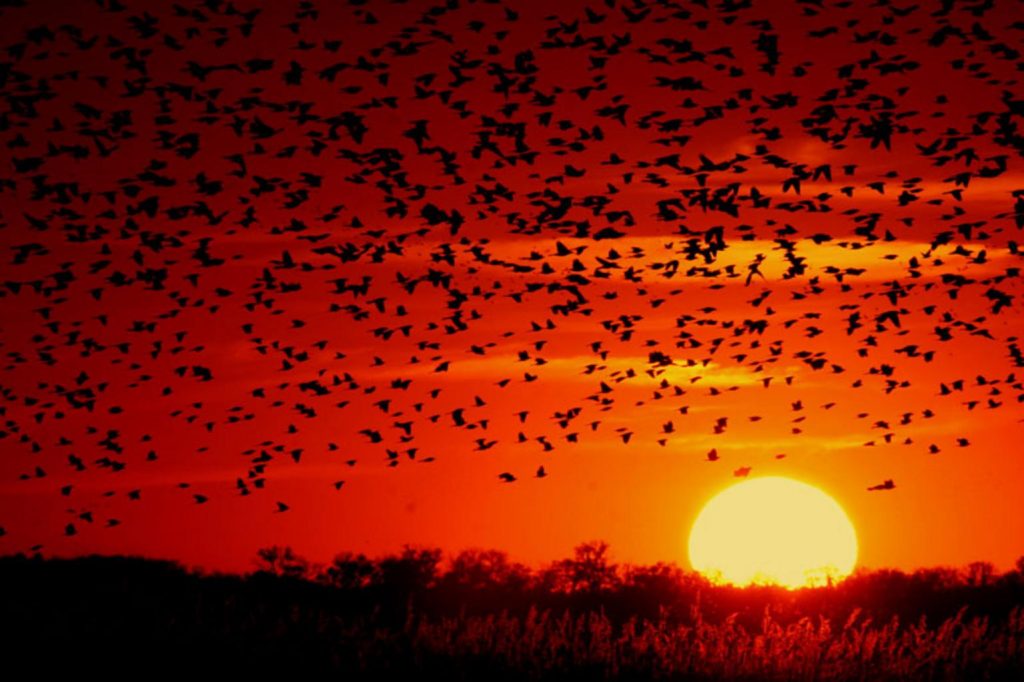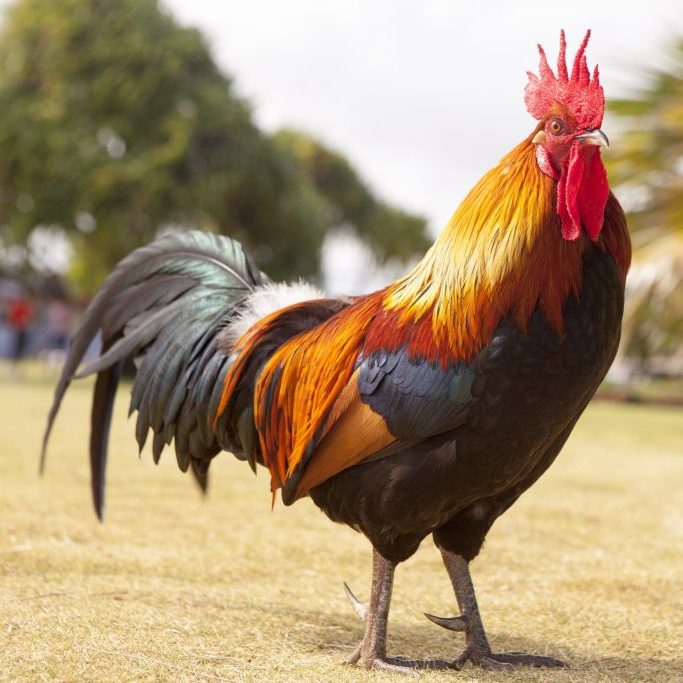
Introduction
As something we encounter on the daily, it is easy to overlook the importance birds hold in literary works. In Patrick Chamoiseau’s novel Texaco, the topic of birds gets brought up multiple times throughout the story, and it communicates something different with the readers each time. Birds in literature have served as symbolic references for quite some time, and by understanding the symbolism that these animals hold, the details in Texaco can be better understood by the audience. Although brief references to birds are made throughout the novel, there are two main scenes where the presence of these creatures plays a main role. The first scene covers the backstory of Esternome’s father and his fascination with birds, but more specifically, the messages they carry with them; freedom and hope. The second scene takes place when Esternome is being haunted by the cock that belongs to the witch, Adrienne Carmélite Lapidaille.
Esternome’s Father and the Birds
The first scene in Texaco where the presence of birds played a key role was at the beginning of the story when Esternome’s father was battling life as an enslaved person. He was known as a quiet man who, “never laughed, but he smiled to the birds” (Chamoiseau 36). Later on, in the passage where he laid in his house, recovering from a snake bite, the béké came to see him, but he remained still, not saying anything, pointing up at the blackbirds (Chamoiseau 37). After this, he was sent to the dungeon on suspicion of witchcraft. The last mention of birds in this section says, “Until the end of his life the man had wondered how birds could be and how they could fly” (Chamoiseau 38).
Freedom
As we know, Esternome’s father was enslaved. It was voiced many times in the book that he was strongly against children being born into slavery and he avoided talking about life in the “chains” (Chamoiseau 34). His fascination with birds seems to allude to his fascination with freedom. In literary works, the presence of birds is thought to serve as messengers of change and hope (Wallace). Esternome’s father was so fond of the birds because to him, they were a symbol of freedom and the possibility that he could make it out of the chains one day.
Hope
As mentioned in the paragraph titled “Esternome’s Father and the Birds”, he often looked up to the sky to watch the birds and smile at them (Chamoiseau 36-37). In an article that discusses relations between animals and humans in literature, it states, “It (the animal) assists the human character in his wanderings, accompanies him during his travels, making suggestions and offering solutions that enable him to cope with the most difficult situations (Jean-Georges). Although the birds in Texaco are not personified in a way to physically help him out of slavery, they do provide him with enough hope to deal with the difficult situation he is in.
Adrienne and the Cock
The second time in the book where birds are prevalent is with Adrienne Carmélite Lapidaille and the cock. On page 165 it says, “The women seemed to love for a cock she lugged atop her shoulder. Not a reassuring kind of cock. A cold cock. Fearing nothing… If that cock moved, it was just with the head and only to see better who-knows-what mysteries” (Chamoiseau). Throughout this next section with Esternome and the two sisters, Adrienne Carmélite Lapidaille and Idoménée, the cock continues to reappear. At one point, after Esternome was accused of raping Idoménée, the cock spent all night watching him and even, “pounced in rage and massacred him with a thousand and two blows of its beak” (Chamoiseau 180).

The Supernatural
Although it is not known to the readers right away, the novel later exposes Adrienne as having supernatural powers. While the constant talk of the cock on her shoulder seems excessive, it is tying into the powers that she holds. Animals, including birds, have often been tied to supernatural or magical powers in works of art (Low). The descriptions of the cock throughout this section, in specific, the scene where Esternome cannot sleep at night, shows the abundance of magic taking place and alludes to the fact that Adrienne is not the only one who holds supernatural powers.
Works Cited
Chamoiseau, Patrick. Texaco. Translated by Réjouis Rose-Myriam and Val Vinokur, Vintage, 1998.
Jean-Georges, Chali. “Relations between Man and the Environment through the Analysis of the Symbolism of the Herbs and Trees in Caribbean Literature.” Scientific Research, vol. 03, no. 07, July 2016, pp. 1–17., https://doi.org/10.4236/oalib.1102765. Accessed 13 Feb. 2023.
Low, Chris. “Birds and Khoesān: Linking Spirits and Healing with Day-to-Day Life.” Africa: Journal of the Internacional African Institute, vol. 81, no. 2, May 2011, pp. 295–313., https://doi.org/10.1017/s0001972011000027. Accessed 11 Feb. 2023.
Wallace, Emily Roberson. “Caged Eagles, Songsters and Carrion-Seekers: Birds in Jane Erye and Wuthering Heights.” Brontë Studies, vol. 41, no. 3, 1 Sept. 2016, pp. 249–260., https://doi.org/10.1080/14748932.2016.1186945. Accessed 13 Feb. 2023.
Editorial Collective
Emily Rosenthal, Samuel Ledesma, Sarah Mueller, Evan Rossell

